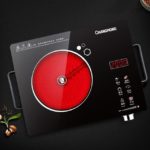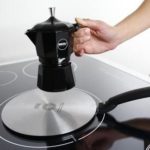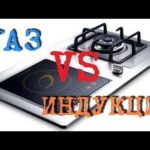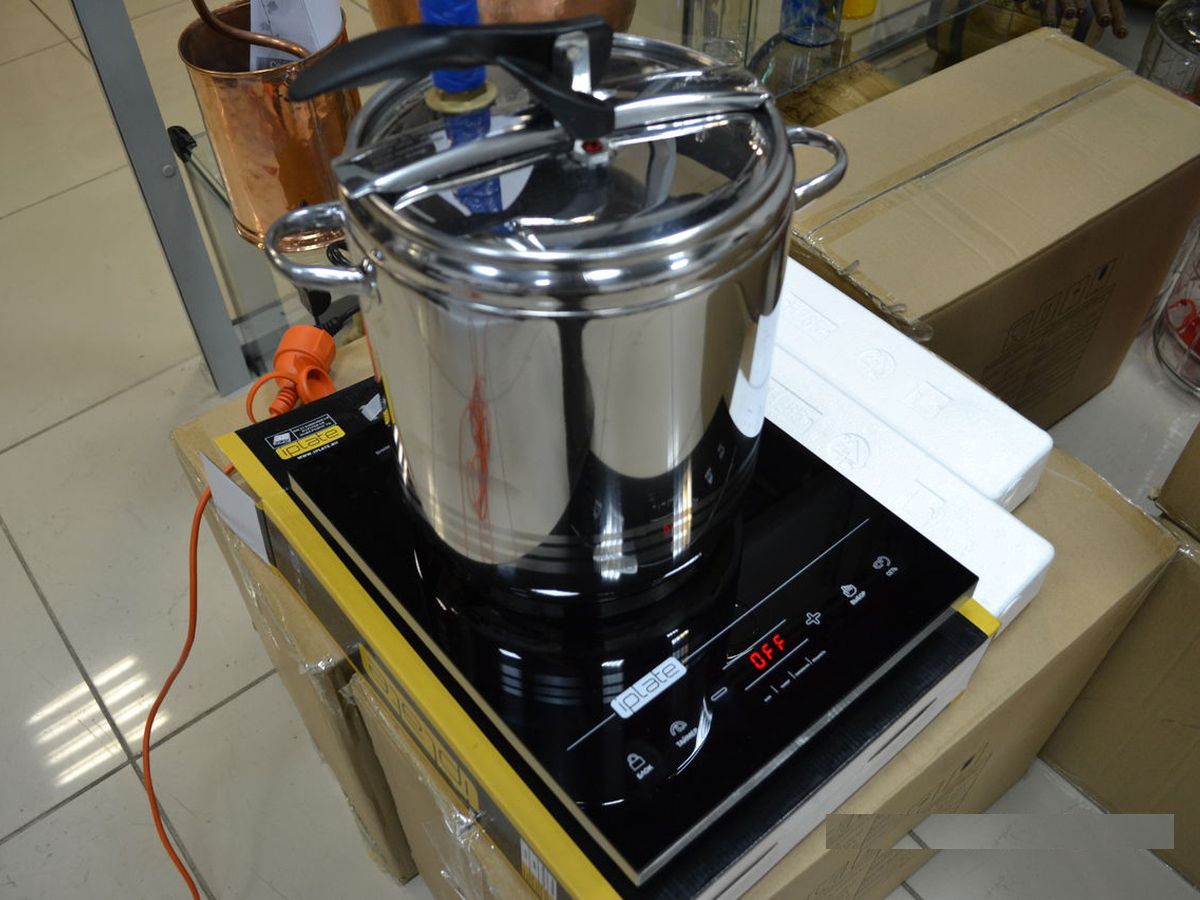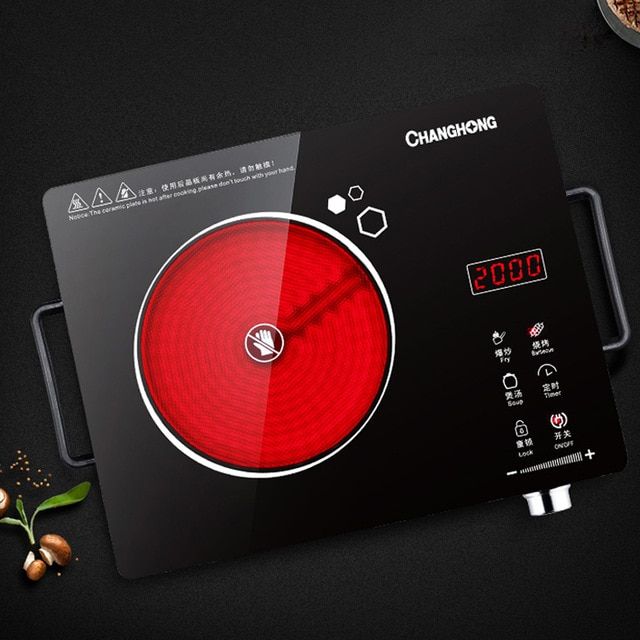What is economical induction
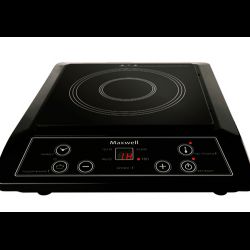 In the process of cooking, it is important not only what to cook from, but also what to cook it on. Choosing a stove requires taking into account many parameters: power source (gas or electricity), dimensions, price, efficiency, color and other parameters. Modern multi-storey construction excludes gas stoves from possible options (gas is not used for fire safety reasons). What is an economical induction and how economical is it?
In the process of cooking, it is important not only what to cook from, but also what to cook it on. Choosing a stove requires taking into account many parameters: power source (gas or electricity), dimensions, price, efficiency, color and other parameters. Modern multi-storey construction excludes gas stoves from possible options (gas is not used for fire safety reasons). What is an economical induction and how economical is it?
The content of the article
How does the economical Techno TT induction cooker differ from an electric one?
The main difference is the operating principle of techno TT.
The principle of operation of electric ones is the passage of electric current through a resistor and the release of thermal energy through a heating element (metal burner or glass ceramic) to the cookware. That is, the burner heats up and transfers heat to the dishes.
Induction heats not the hob, but the cookware placed on it by creating eddy induction currents.
Let's compare the characteristics separately.
Electrical:
- the hob heats the dishes for a long time;
- tabletop ones are small in size, floor-standing ones can be quite bulky;
- there is no possibility of operational control of the cooking process;
- it is possible to get burns from a hot cooking surface;
- if liquid drips onto a hot cooking surface, a strong unpleasant odor will appear and a stain will remain on the surface;
- caring for enameled surfaces requires the use of physical effort to remove burnt-on dirt;
- modern ones have an ergonomic appearance;
- silent during operation;
- can be cooked on any utensil;
- the burner cools down for a long time, warming the surrounding air with its heat;
- inexpensive enameled options and more expensive glass-ceramic ones;
- hob surfaces are made enameled or glass-ceramic;
- enameled ones are susceptible to chips, scratches, and dents; glass-ceramic ones must be protected from pinpoint impacts.

Professional induction Techno TT:
- have a high efficiency with low energy consumption (it is almost completely consumed for heating);
- the burners do not need to be heated;
- Due to rapid heating, dishes are prepared quickly;
- have a stylish design and take up little space;
- easy to operate, allow you to control during the cooking process;
- help optimize work, you can set the exact temperature and cooking time;
- made of stainless steel;
- since it is not the cooking surface that is heated, the possibility of burns is excluded;
- several operating modes;
- long period of operation;
- easy maintenance, food particles that fall on the hob do not burn;
- you can wipe up spilled liquid during cooking;
- for cooking, special dishes with a ferromagnetic flat bottom are required;
- turns off when you remove dishes from the surface, and a signal is emitted;
- turns off when there is no water or food in the dishes;
- price comparable to the price of good electric stoves;
This type of stove allows you to really save money (about three times the cost, that is, if the cost of a 4-burner induction stove is 20 thousand rubles per year, the savings compared to an electric stove will be 58 thousand rubles).
Which stove is better?
If we compare energy savings and the absence of burns, durability and high quality of work, ease of operation and maintenance, then the induction cooker wins. However, one must proceed not only from technical characteristics, but also from individual preferences, material capabilities, kitchen size and needs.
What kind of cookware is suitable for this stove?
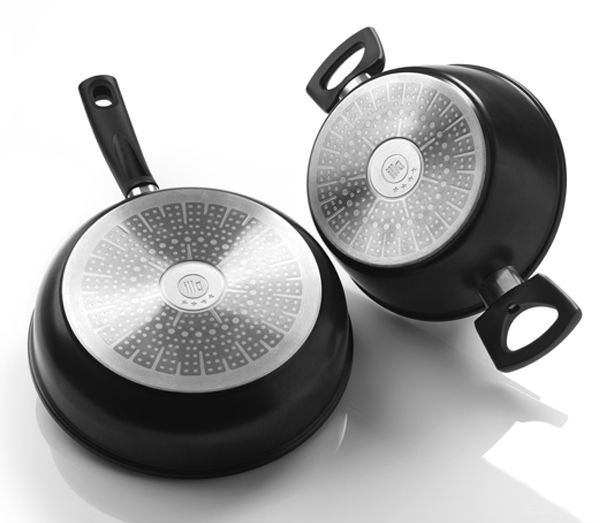
To cook food on an induction hob, you need special cookware that has a perfectly flat bottom and is magnetic (you can attach a magnet to the bottom to check). At the bottom of the suitable one there is a special Induction sign. Otherwise, if you place unsuitable dishes on the surface of the stove, it will not turn on.
IMPORTANT! Requirements for the dishes: a perfectly flat, thick bottom.
Often suitable utensils are sold along with the induction cooker. Can be used:
- The best material for the bottom would be an alloy of stainless steel and aluminum.
- Cast iron is also well suited for cooking on this stove, but damage to the glass-ceramic hob may occur due to the heaviness of cast iron. In the event of a split, glass ceramics must be completely replaced.
- Enamel without chips may also work, but may make different sounds, burst or become deformed.
- Stainless steel is suitable, but since it contains nickel, it can cause allergies.
What are the disadvantages of an induction cooker?
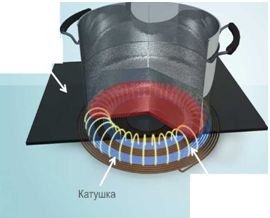 Are there any disadvantages? Like all technology, there are disadvantages here too. The disadvantage can be considered the need to purchase suitable utensils or an additional conductive metal pancake, which itself heats up and transfers heat to the utensils standing on it. In this case, all positive qualities are lost, and it turns into an ordinary electric stove. You can also purchase a special sticker on the bottom of the dish that will transfer heat.
Are there any disadvantages? Like all technology, there are disadvantages here too. The disadvantage can be considered the need to purchase suitable utensils or an additional conductive metal pancake, which itself heats up and transfers heat to the utensils standing on it. In this case, all positive qualities are lost, and it turns into an ordinary electric stove. You can also purchase a special sticker on the bottom of the dish that will transfer heat.
IMPORTANT! When working, you need to remove the watch, otherwise it will become magnetized. You also need to remove all jewelry from your hands to avoid heating them.
They are noisy during the cooking process (the fan makes noise and the coils hum). The surface is susceptible to pinpoint impacts (it may crack).

